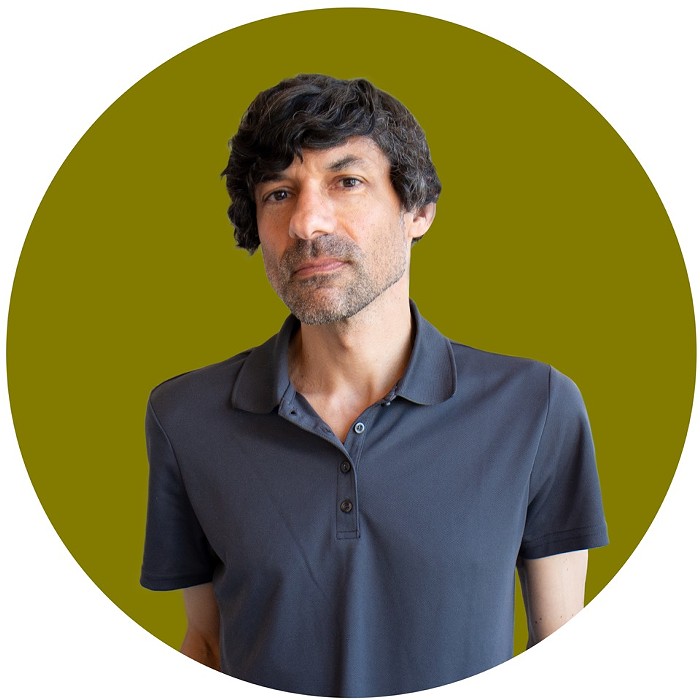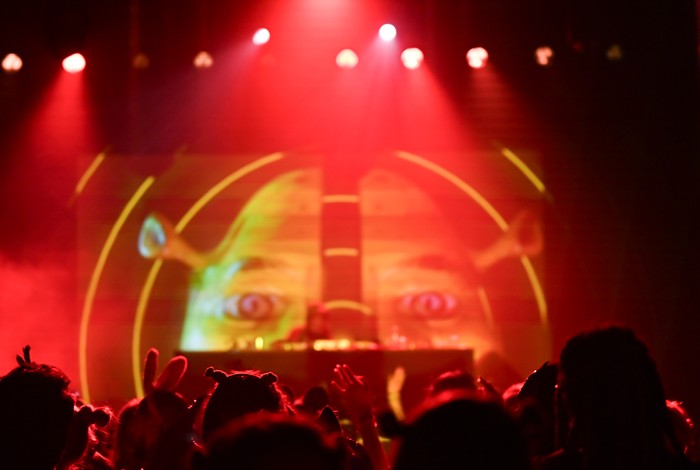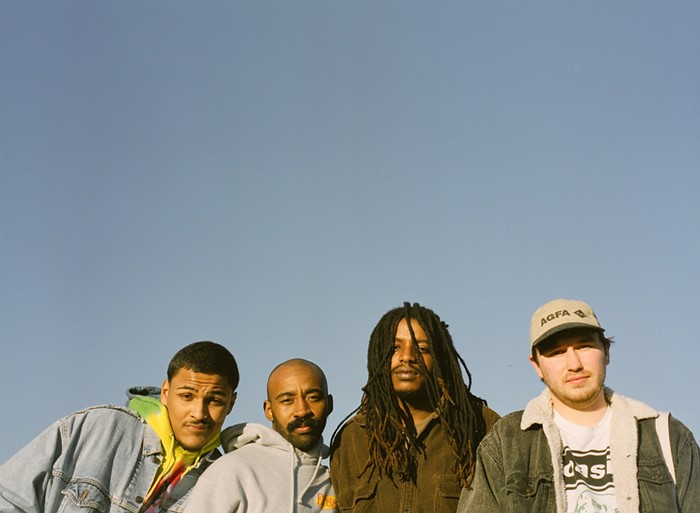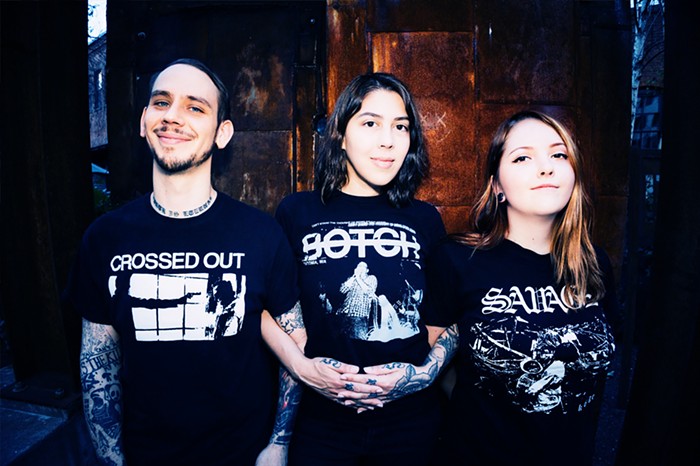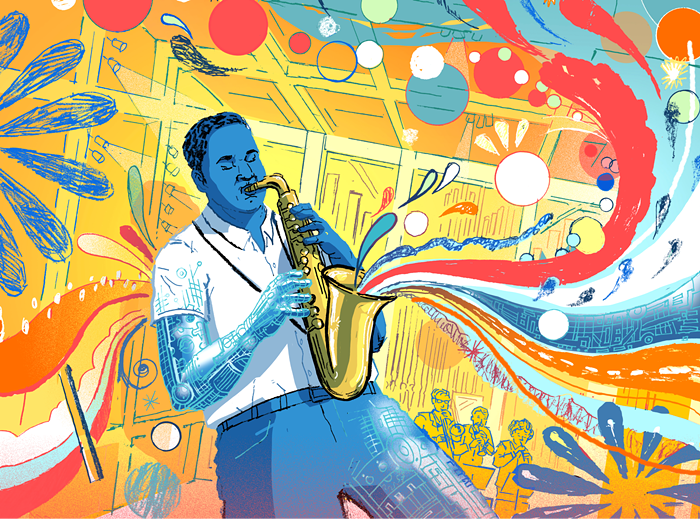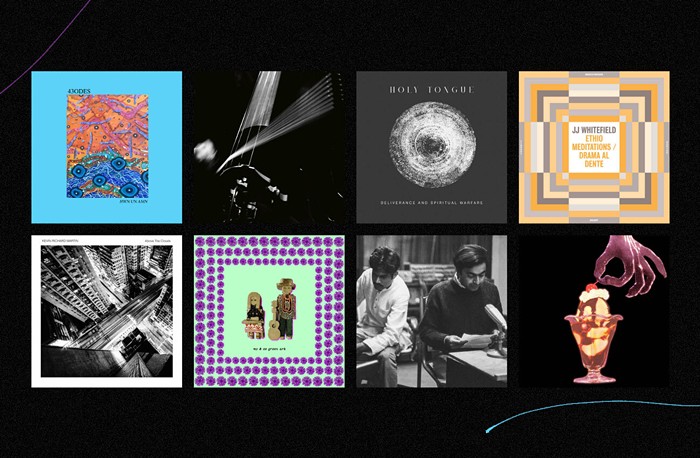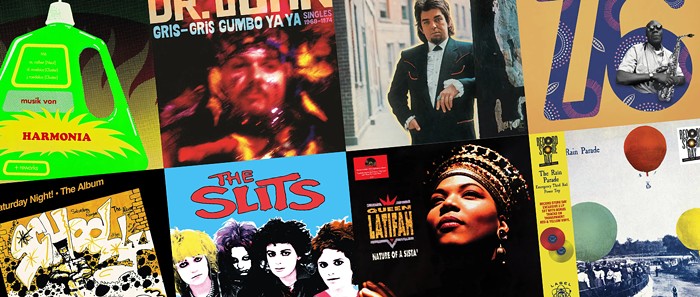Electronic dance music is winning. Turn on the radio, look at the Billboard charts, check YouTube views, gaze at attendance numbers for EDM festivals—you'll see a dominant force sweeping the mainstream and making commercial rock's once-formidable punch seem feeble. Actually, not sweeping. Swept.
Music journalist (and former Seattleite) Michaelangelo Matos has spent the last three-plus years working on his new book, The Underground Is Massive: How Electronic Dance Music Has Conquered America. To grasp the music's trajectory from slowly percolating underground house and techno movements in Chicago and Detroit created mostly by people of color to a multibillion-dollar industry aimed mostly at suburban whites, he interviewed more than 300 electronic musicians, DJs, promoters, and journalists; perused Hyperreal.org's regional mailing lists and zines; and attended electronic-music parties and festivals. The result is an expansive, intricately detailed history of electronic music in the US.
Matos divides the book into 18 chapters that center on major events in various regions in the country circa 1983–2014. This schematic allows him to examine each area's musical predilections and ways of supporting electronic music—why the Motor City spawned techno, how disco metamorphosed into house in Chicago, why funky breaks bloomed in California's deserts, why brutal techno thrived in New York City, etc. Beyond these sonic aspects, Matos also outlines the outlaw nature of many of EDM's early parties, how organizers would sometimes break into abandoned warehouses to throw events or would need to pay off the police in order to proceed. He's good with details: which drugs affected which genres and which new technologies enabled which specific sounds. The Underground Is Massive works on both a macro and a micro level, and although it's written by a wonky enthusiast, the book is populist enough to appeal to curious outsiders.
In town last week for the EMP Pop Conference (where he delivered a presentation on Prince's "When You Were Mine"), Matos sat down for an interview about his rich overview of this still-divisive music.
Whom do you perceive to be the audience for this book? It's a pretty deep dive into a lot of styles of music...
It's a map. There are a lot of dance-music people out there. But there's no book like it that attempts to codify the US scene as a whole. We're talking about a kind of music, style, and subculture that has achieved parity with everything else. Dance music is as big as anything else. In some ways, it's bigger than rock and hiphop. The fact that there isn't a book out there about it is ridiculous. I want for [The Underground Is Massive] to sire more books about it. Also, a lot of regular music listeners are confused as hell by [EDM]. There are people who still to this day want to believe that dance music's many subgenres are somehow a smokescreen rather than actual descriptors intended to tell you what the music sounds like. You would think after 20 or 30 years they wouldn't make this argument, but they do.
In your intro, you lament the events and movements you couldn't include. Which suggests that you could've written five or six different books.
I did, more or less. The book took five extra months because in some cases, I simply didn't have the material. I'm not going to short-change my readers, myself, or the history by skipping a corner if it's a necessary corner to talk about. There are many people I tried to get in touch with but didn't. In most cases, I ended up either not writing about them or eliding them in some way, or talking about them using old quotes. [Detroit techno legend] Jeff Mills turned me down. [Canadian techno star] Richie Hawtin was supposed to talk with me many times, but it never happened... I always knew what the focus would be, which was the upward climb of the music to its current position. In order to do that, you can't just write about every party or every good thing. It's really a process.
Did you have any major unifying revelation while doing the research?
I always knew this book was going to be in part about race. And so much of the new audience for dance music has no idea that it's about race. And neither do so many people outside of dance music. They really do think it's some kind of hippie-dippie bullshit thing. In many cases it is. Not in Detroit. Not in Chicago. And definitely not if you know the roots and how things progressed. Even somebody who loves UK hardcore and jungle, who loves those mutations of the music—in some cases, stupid mutations of the music that drive Detroit people up the wall. I love a lot of that stuff, but I get [the objection]. I mean, I'll never get it entirely, because I'm not a black person, but I think I understand. I have some idea what the gripes are and I can't blame them.
You don't camouflage your distaste for modern EDM in The Underground Is Massive. Do you think the masses will ever glom onto better electronic music?
They already have, because EDM's gotten better. That was inevitable, right? You can't figure that it's going to keep doing that forever. It's still dumb, but it's gotten smart about being dumb. The riffs have gotten better, meatier. I like [DJ Snake's] "Turn Down for What" a lot, for example. I like [Baauer's] "Harlem Shake." "Harlem Shake" is a ridiculous story in some ways, because it's a lot like "Hound Dog." It's easy to slam it for representing certain terrible racial things, but at the same time when you actually look at it, it doesn't. It's not Baauer's fault that [Filthy Frank did a "Gangnam Style"–like parody of the track] on YouTube. It's nobody's fault, but it changed everything. But I can understand why hiphop people are angry about that song, and pop fans to a lesser degree, because I still hear dance records as pop records in some way. Pop people are like, "What the hell is this doing on the radio?! There's no verse or chorus." They still can't hear that arrangement style. But I can, so it sounds like a good pop record to me.
Watching the documentary on Electric Daisy Carnival, Under the Electric Sky, I thought gimmickry and spectacle had totally supplanted musical value. In order to draw these huge crowds, you need an amusement-park atmosphere with different sets and fireworks going off every 10 minutes.
There's a certain amount of playing the hits and a carnival-cruise aspect to DJing now, which is only amplified by things like Holy Ship! [an EDM-centric cruise off Miami's coast]. I wanted to end the book on Holy Ship!, but I never got around to trying to get on it. I also know I would not have been able to handle it. Even if I ended up taking a lot of drugs—and I am not averse to taking drugs—I. Would. Lose. My. Mind.
Are you optimistic about electronic dance music's future? Looking at the book's arc, we see at the start an underground movement where the music is preeminent, clubs with black walls, no frills, compared to today's mainstream, where spectacle reigns...
But the mainstream is changing. It isn't just that I think the music is getting better. We're seeing a lot more back-to-back sets across the board. That's an attempt to make the music more of the focus. Even if it's somebody super-mainstream whom you or I might not like, it's probably a positive step. As much as I think of techno as an offshoot of soul music, I don't solely think of it that way. I like a little spectacle in things. It's not all I like. It's like any kind of music. If it works on its own terms, I respect it at least. The future is hard to predict, and I try not to, as a rule. That said, as backward as I might find certain things about mainstream dance culture at this point (and at every point), I think the lesson of the book is that it's not going anywhere. It's ridiculous that in 2015 you have to say out loud, like an affirmation, dance music isn't going anywhere. It should be obvious to everyone. ![]()

